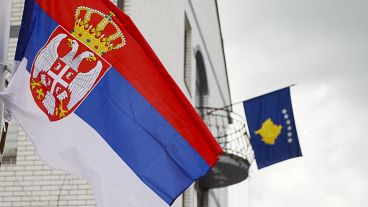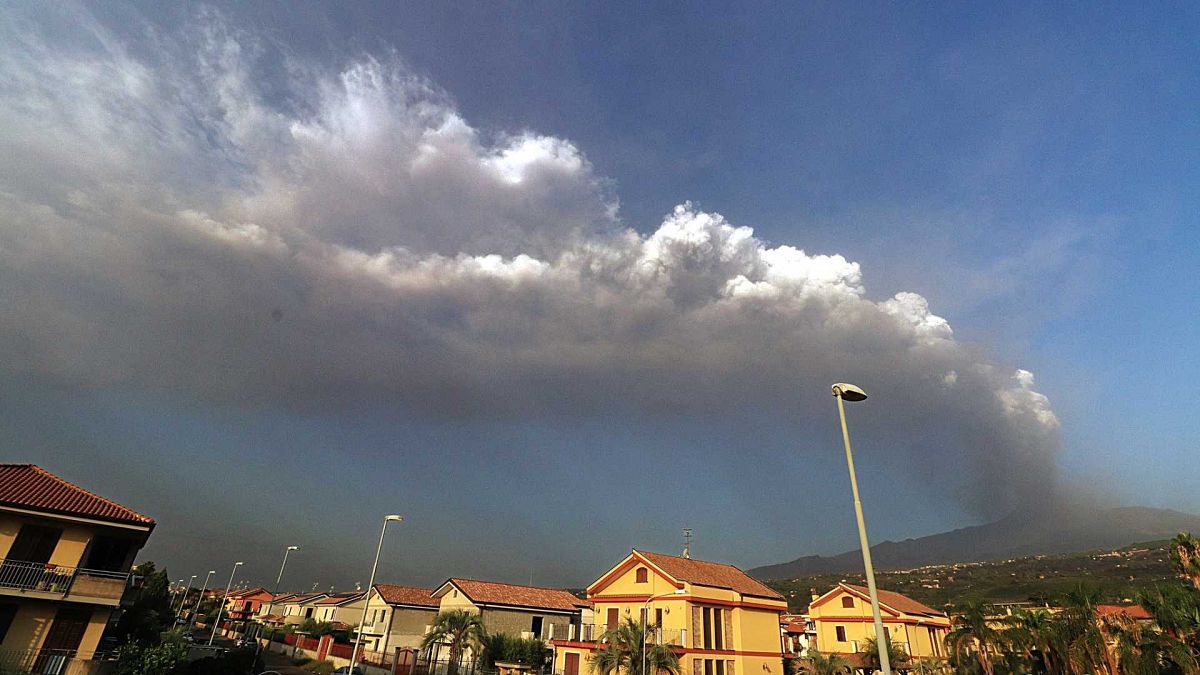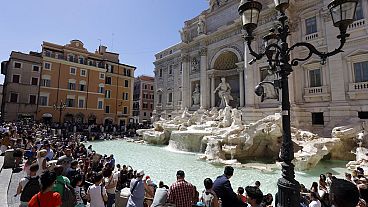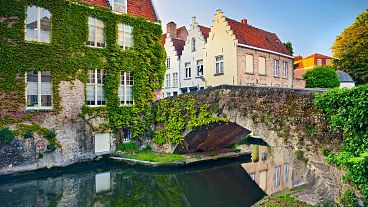All flights have been cancelled or diverted to other airports in Sicily on Italy's busy Ferragosto public holiday.
Travel to and from the Italian island of Sicily is currently disrupted due to a volcanic eruption that happened overnight.
Catania international airport remains closed on Thursday 15 August, with all arrivals and departures suspended after Mount Etna billowed smoke into the air. The volcanic ash affects visibility for pilots.
It is estimated that operations will resume at around 6pm but passengers have been advised to check their flight status before leaving home.
The disruption comes on one of the busiest days for travel as Italy celebrates its biggest national public holiday, Ferragosto.
Nearby towns have also been covered in black volcanic ash after the Voragine crater began erupting last night. A previous eruption happened two weeks ago on 4 August.
Catania is on the east coast of Sicily and at the foot of Mount Etna, Europe's most active volcano.
Catania airport: What is the advice to passengers?
The airport's management has advised passengers to check their flight status with their airline before leaving home.
You can check airline's apps or websites for the most up to date information, as well as their social media channels. Also keep an eye on the email with which you made the booking as your airline or booking platform may contact you to advise you of changes.
Although no official numbers have been issued, the airport's departure boards show cancellations for any flights due to land of take off before 6pm, and unspecified delays for those scheduled for 6pm or later.
There is currently only a handful of arrivals being diverted to other airports in Sicily - read on for more information.
Catania is Sicily's most popular airport with international tourists, with the island at the height of the summer season.
Check your flight status here.
Are Catania flights being diverted and will transfers be provided?
Some arrivals and departures are being diverted to Comiso and Palermo airports.
Don't forget that Sicily is the biggest island in the Mediterranean. It is twice the size of Cyprus, a country in its own right, and it takes around three hours to drive from Palermo in the northwest to Catania in the east.
Comiso airport is a one-to-two-hour drive from Catania airport; both are on the east of the island.
There are car hire companies at Sicily's airports and there are also coaches between the main cities.
Currently, diversions to Palermo include selected Ryanair flights from Budapest, Brussels, Cagliari, Rome and London, while an Aeroitalia flight from Rome has been diverted to Comiso.
The status of some arrivals is yet to be updated by the carriers.
During previous travel disruption, airports or airlines have arranged free coaches to take passengers to the airport they were due to land at or depart from. You may only be able to find information on these free transfers once you arrive at the airport.
Will passengers be able to claim compensation?
Airlines are required to offer you another flight or a refund is a flight is cancelled or delayed by more than three hours.
However, this is only when they could have prevented the disruption. In the case of a volcanic eruption, it is not their fault.
However in most cases airlines will still endeavour to get passengers to their final destination.
It's always wise to have travel insurance as you may be able to claim back for unexpected expenses.
Is it safe to travel to Sicily?
Yes, it is still safe to travel to Sicily, even when Mount Etna is erupting.
There is an ongoing drought in Sicilybut the majority of hotels and other tourist accommodation are open and operating as normal.
Travellers should take the usual precautions for hot weather - drink plenty of water, stay in the shade during the hottest hours of the day and seek medical attention if you feel unwell.
Where is Mount Etna and is it dangerous?
Mount Etna is on the east coast of the Italian island of Sicily.
It is Europe's most active volcanoes and has been going through an especially active period for the last five years.
Although Mt Etna erupts frequently, lava has not reached nearby towns since the 1800s.
Etna more than 200 craters and when one of these does erupt, black volcanic ash lands in the city of Catania, as its foot, and the many surrounding towns and villages. This is inconvenient to residents but usually not a problem for visitors.
Even during an eruption, there are many hiking trails and paths that are still safe, though it is a legal requirement to go up with a qualified local mountain guide.















